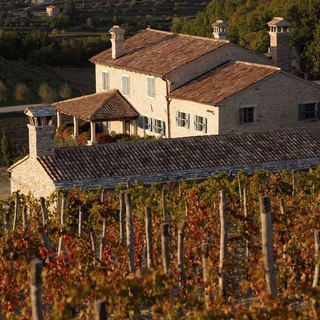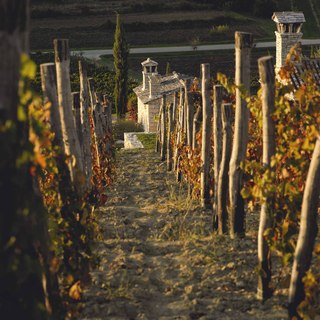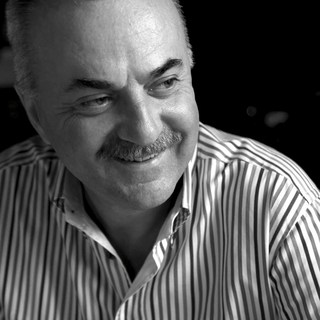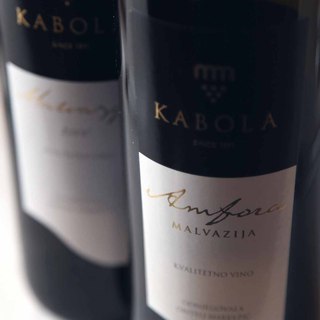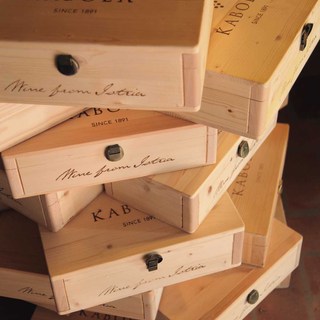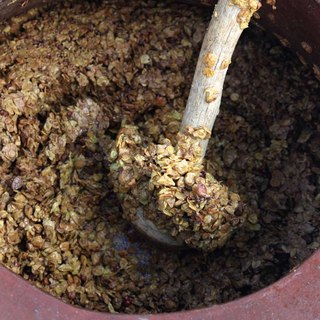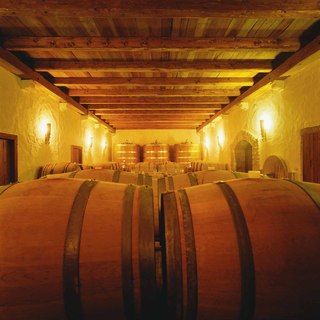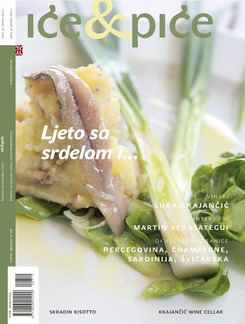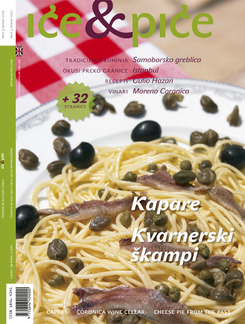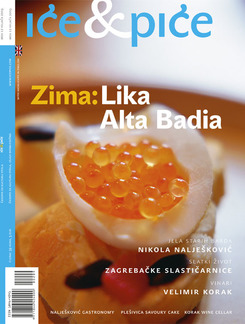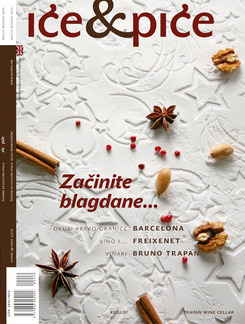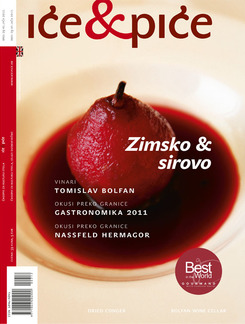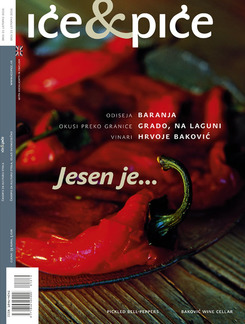Wine Cellar’s ID
Restaurant launched it all
In 1979, the beginning was the family restaurant in Kremenj, based from the outset on farming with an emphasis on wine, and on Marino’s mother’s two decades of experience of Italian cooking. The restaurant was a real avant-garde affair, for they were the first to provide authentic Istrian products. The biggest advance was that from the very first day they made meals with Istrian truffles. Markežić says that he had the luck to buy the biggest truffle in the world, present it in the restaurant, and eat it with the others.
Family tradition
Although in the archives there are still several bottles of Momjan Muscat of 1891, the year of 1981 is taken as the foundation of the new Kabola brand. Then his father started bottling wine (0.75 l) and offering it in the restaurant. Wines of that time were simpler, and the processing was nothing like what it is today. These were table wines, white, for quality wine needed a vineyard of 10 ha in area, which for that time was impossible. These table wines then were specially named, for example, Malvazia-Vita,Teran-Moreto, Muscat-Re. Since Momjan is known for its Muscat, they thought of creating an Imperial Muscat, but the project was started and then it stalled.
Name
The name Kabola is the name of the family. According to tradition, every family had an additional nickname, in order to distinguish them, for there were many Markežićes around the countryside. In the dedication to the priest Monsgr Prodan in Momjan, he saw the name written down – Giovanni Markežić Kabola. Hence the idea, that his parents laughed at to begin with, but now it is normal for him to be called Mr Kabola.
Vineyard and assortment
Some of the vineyard is only 500 metres from the restaurant, for the wine was much connected with the hospitality. Fifteen years ago they decided to get into a project of cultivating wines. In the former state, the laws did not permit private agents to go in for winemaking and it was very difficult. This is one of the main obstacles why wine did not take off 90 years ago. However, as soon as the conditions were created for things to get moving, a wine revolution occurred in Istria. Markežić’s decision to make a serious investment in wine, came true in 2005, when they opened a winery with over 10 ha of vineyard. Today they have over 20.
Assortment
The varieties are traditionally Istrian: 70% Malvazia, Teran, Muscat, Cabernet Sauvignon and Merlot. All the vineyards are on white soil, at Štancija, where they have 12 hectares. From these blocks they obtained the highest quality grapes. Kabola produces a bit fewer than 100,000 bottles. Tested Malvazia, one year old, is still full of strength and is the base wine for vinification in stainless steel barrels. In the case of Malvazia Reserve, it is done in great barrels of Slavonian oak.
Special features
Alone in Croatia, they do a longer period of maceration, for they believe that a more serious wine can be got from Malvazia, that will last a long time, to give “our” Malvazia a different stamp and a new dimensions. The wine is made in amphoras, where the grapes stay in contact with the lees for 7 months. These clay vessels have various capacities (2000 l, 500 l) and placed outside. Amphoras from Georgia are made of a special kind of clay.
“Our amphora first went out onto the market in 2005, now it is 2006. In spring 2007 will come out. This label comes out every 3 years onto the market. It takes that long for the wine to obtain its elegance and fullness. We endeavour to make wine the way that, as far as we know, the ancient Greeks and Romans made it. We are very satisfied with the results. When we started off, it was a novelty in the cultivation of wine. Today the wine is recognised. Before I started off onto the project, I firmly believed in what I was doing. I saw this at exhibitions at home and abroad, in which more complex macerated wines gave a different feel from the flowery, fruity, fresh wines. They have their own elegance and trace, and a feeling that lasts after such a wine is special and very long.”
Prizes and commendations.
This year the first international Malavazia show was held at Vinistra in Poreč. The Reserve label started off a lot of talk about maceration, and was one of the champions; this gold medal is the recognition I like best.
Philosophy
Marino Markežić thinks that making wine, like every other job, is a style of behaviour, of life and belief, that it is part of our culture and tradition, and has to go on. Wine has always been a feature of Istria. Just like the amphoras, made today just as they were 5000 to 8000 years ago. This is just a continuation of a tradition that you have to feel in yourself. You can’t work one day and another day not. This is in fact to work in balance with nature, to believe, this is the style of life that makes the spirit whole.
